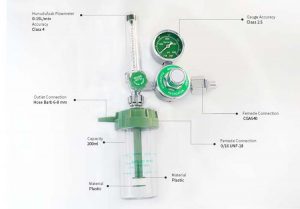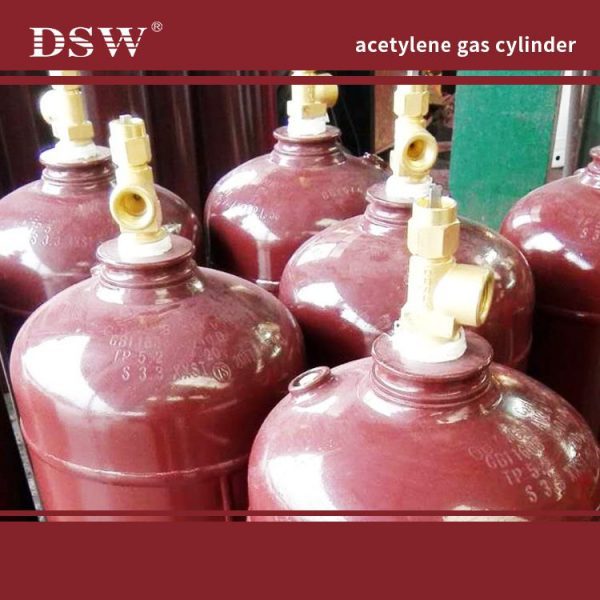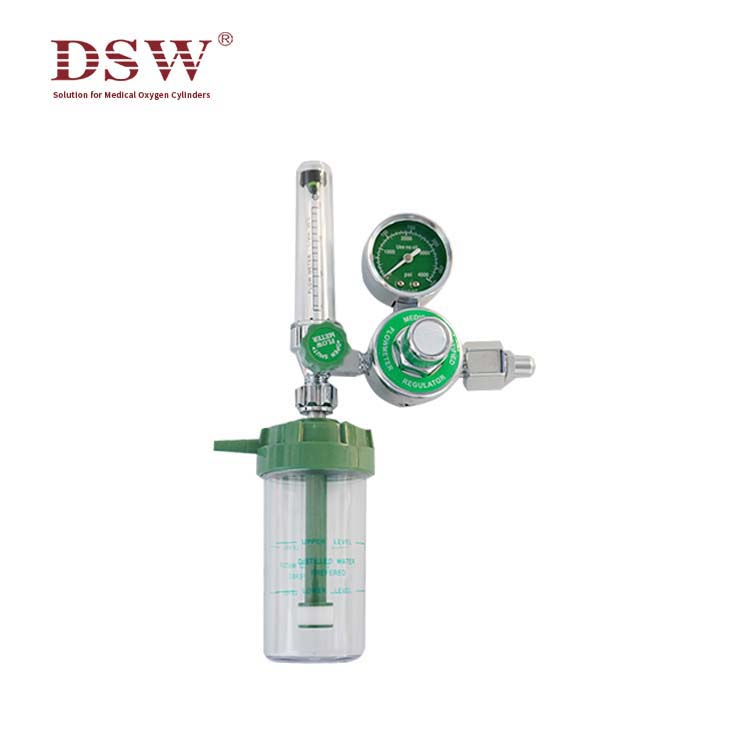Medical Oxygen Regulators with Humidifier Bottle




Oxygen Regulators


What’s A medical oxygen regulator?
A medical oxygen regulator is a pressure regulator that controls the PSI (pounds per square inch) or flow of compressed medical oxygen from a tank to a medical device such as a flow meter, hose, or humidifier. The compressed oxygen passes from the cylinder through the oxygen regulator, where the gas PSI is scaled down to a usable and safe level, allowing the user to connect the regulator to an oxygen-delivering device. Oxygen regulators are most commonly used for Oxygen Therapy.
Types of Medical Oxygen Regulators
Oxygen regulators for medical use come in a variety of types. Selecting the right one depends on your application. The most common types of oxygen regulators are standard, adjustable, flow control, regulator & flow meter combos, pediatric, and laboratory.
Standard regulators are the most commonly used and come with a preset PSI (pound per square inch) setting of 50 PSI. This preset helps to keep the oxygen PSI output at a constant and consistent level. The user cannot adjust the delivery pressure or control the flow rate with standard regulators.
Adjustable regulators let the user control the desired PSI output between a specific range, usually 0-100 PSI or 0-50 PSI. These regulators have two gauges, one to measure the amount of oxygen left in the tank and the other to display the PSI output level. The delivery pressure is easily adjusted using the knob on the front of the regulator. It is important to note that adjustable regulators only control the delivery pressure of the oxygen; they do not control the flow rate.
Flow Control regulators are designed to control the flow rate, or LPM (liter per minute), of oxygen used. These regulators have two gauges, one that displays the level of compressed oxygen left in the tank and the other for the LPM reading. Flow control regulators typically come with a preset output of 50 PSI. The flow range on the LPM gauge can vary depending on the application.
Regulator & Flowmeter Combos function similarly to the flow control regulators mentioned above, with the primary difference being that instead of a gauge to measure the LPM reading, there is an oxygen flowmeter attached to monitor the LPM. A flowmeter is typically preferred to a meter in many medical applications as it is much more precise and gives the user better control over the LPM rate.
Pediatric regulators are specialty regulators used for neonatal or low-flow applications. Oxygen regulator medical applications for use in neonatal or pediatric care range from 200cc up to 1.35 pm.
Laboratory regulators are adjustable regulators that come in varying PSI options ranging from 0-15 PSI up to 0-450 PSI. They are used to create controlled environments and should not be used for patient applications.











